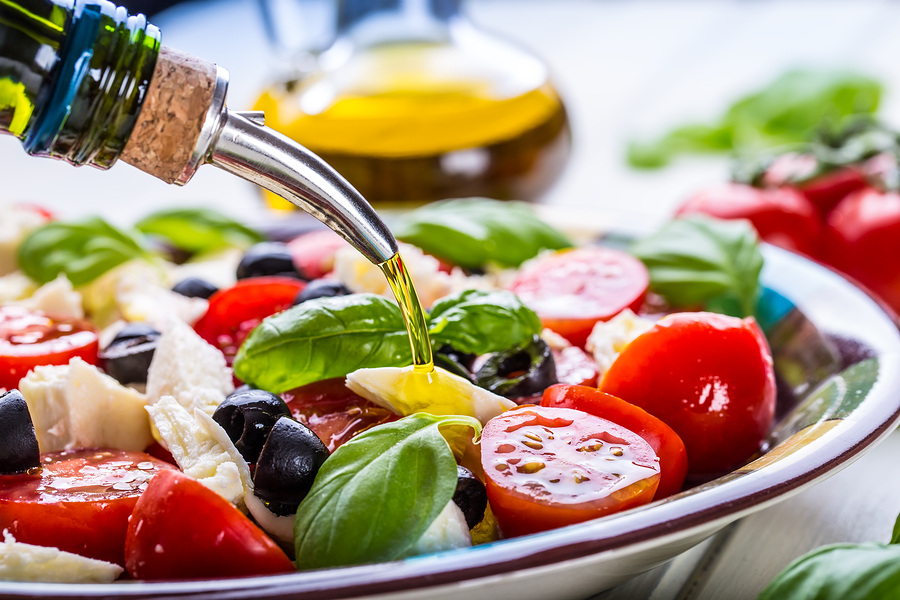Maybe not what you think.
As we’re all aware, in the nutrition world the Mediterranean Diet is considered the shining light.
The only downside to it is figuring out what it really comprises. Search for online images and what comes up is hardly uniform. Some include pasta. Some show fish but not meat. Others do include meat. Some have diary, some don’t.
Which is possibly not surprising given 18 countries border the Mediterranean Sea, so it’s a big umbrella.
The focus on the Mediterranean Diet probably harks back to the 1950s when American physiologist Ancel Keys published a study known as the Seven Countries Study.
He’s the one who convinced the medical profession that the answer to heart disease was replacing saturated fat with unsaturated fat.
Keys collected data from 20 countries but cherry-picked seven to report on because they seemed to best support his theory. Of these he pointed to Italy and Greece as exemplars.
Despite this, there were still a couple of inconvenient results. Data from one of his three Italian regions showed higher than average cholesterol levels and fewer than average deaths from heart disease. Same with Crete.
Anyone who dug into the numbers would’ve had questions, but apparently no one did.
Keys’ dubious research technique aside, there’s merit in Mediterranean style eating, though perhaps not for the reasons we’ve been told.
Often, it’s depicted as being high in whole grains, fruit and vegetables, and low in meat and dairy. Low cholesterol heaven.
So I was intrigued to read a European diet and nutrition researcher’s description of what’s really eaten in Mediterranean countries.
While I’ve been to a few of them over time, and no doubt many of you have too, this woman has spent years in them, observing the local food.
Her descriptions of what’s eaten at each meal reflect what’s served in hotels or other accommodation or if you were invited for a meal in someone’s home.
A breakfast spread, she says, typically includes fruit, plain full-fat yoghurt, croissants and other small pastries, baguette-style bread and butter, eggs, bacon, cooked tomatoes, cold meats (such as cured and salami-style meats and pâté), cheese and cold fish (e.g. herring).
Lunch and dinner are similar, lunch usually starting with a plate of salad with cheese, fish and/or bits of meat plus olive oil and balsamic dressing.
The second course is seafood or meat with small sides of potatoes and other vegetables. White bread is always available.
In some countries the main course options include pizza and pasta, though, she says, this is how some Mediterranean people become overweight. There are also white rice dishes like paella and risotto.
Lunchtime dessert is fruit and/or ice cream, which is virtually frozen cream.
White bread, pizza and pasta are also available at dinner, but alongside plenty of meat, seafood and cheese options and more salad and vegetables.
Meats can be veal, veal liver, roast beef or pork, lamb, rabbit, turkey, chicken or duck.
She says she and her husband tend to eat a lot of shellfish, octopus and squid when they’re in these countries.
Everything is cooked in butter and/or olive oil and generously salted.
Desserts at dinner are often creamy — tiramisu, berries and cream, creamy mousses, ice cream, crème brulée, crème caramel, or panna cotta. Cheese (but not crackers) is always included, perhaps with some dried fruit.
This researcher believes there are three reasons that Mediterranean style eating is healthy.
First, people don’t eat between meals.
Second, they don’t eat junk. Not snacking certainly helps eliminate cake, biscuits, sweets or potato crisps. They also don’t eat takeaways like burgers and chips.
And third, they eat real food — meat, fish, eggs, dairy, vegetables, salad, fruit, butter, cream and other full-fat dairy, and olive oil.
She says they eat very little sugar. Their bread doesn’t include sugar or the long list of additives in much of our supermarket bread. And while white bread doesn’t contain much fibre, there’s plenty in salad and vegetables, which are the mainstay of most meals.
Clearly anyone loading up on pastries, pizza, pasta and dessert might have an issue but that’s not usually how people eat in these countries.
I think there’s a lot we can take away from this. Eat real food. Sit down to a proper meal so there’s no need to snack. Emphasise salad, vegetables and protein. And while there’s a place for desserts, eating real food at each meal means we’re far less likely to overeat.
It’s also not remotely low-fat or low cholesterol.
Photo Source: Bigstock

